125 years of Russian trilinea
The wars of the second half of the XIX century clearly showed the increasing importance of the rapid-fire weapons. Its advantage was so obvious that everywhere hastily began the search for means and ways to increase the speed of firing old rifles and the design of new ones. By that time, the world had known the first Spencer multiply charged systems (used in the American Civil War), Wetterly (adopted by the Swiss army in 1869 g). Winchester (used by the Turks in the war with Russia 1877-1878) All of them had stores in the form of long narrow tubes, placed either in the butt (Spencer) or under the barrel (Wetterly, Winchester). Carabiners Spencer and Winchester used a cartridge with a small charge and had very mediocre ballistic qualities that the infantry troops did not satisfy. The Wetterly rifle was heavy, had an unreliable mechanism and an outdated cartridge. For these reasons, the aforementioned “stores” are not widely used.
At that time, the six-pin shines (15,24-mm) of Terry-Norman, Karl, Krnka and 4,2-linear (10,67-mm) rifle were in service with the Russian army. All singly charged, reworking.
The issue of replacing outdated systems with new ones in Russia was raised in 1878 year. The gun department of the Artillery Committee, in its May decree, "recognized it necessary to begin work on the test rifles." But, since there were no completely satisfactory samples of this type of rifles, the experiments focused mainly on testing various temporary devices that accelerate firing.
However, tests have shown that such devices are ineffective. They did not give a big increase in the rate of fire, and the costs of their introduction required “very significant”. In view of this, they were not accepted for service.
In 1882, captain Sergey Ivanin Mosin took over the work on the new system. The first task that the gunsmith set for himself is to increase the firing rate of a single-shot rifle using a convenient constant accelerator. For the experiments, Mosin chose the 4,2 linear jib with a sliding gate, which at that time was the most perfect in the Russian army. Mosin redid it, having built in the butt rack magazine on 7, 8 cartridges. The rifle had a contactor, which fixed the store feed mechanism in the rear position, which made it possible to conduct firing in the same way as from a single-shot system.
The tests carried out on the Mosinsky sample showed that he was quite progressive and successful in his idea of placing the cartridges in the store, supplying them and the method of filling the store with cartridges, but it requires a radical redesign of the mechanism parts and a major change in some parts of the rifle. In May, 1883, on the orders of the Minister of War, a Commission was formed to test magazine guns, headed by a permanent member of the Artillery Committee, Major General Chagin.
By this time, commissions had already presented the multiply charged rifles of Mosin, Lutkovsky, the weapon master Kvashnevsky, the Russian designers Major-General Veltischev and Colonel Khristich. Later, rifle samples were received from lieutenant colonel Vladimirov, staff captain Mitkevich, master Kharitonov, foreigners Ivens, Schul-goff, Gra-Kropachek, Mauser, and others. Of all the tested samples, the systems of Kvashnevsky and Mosin turned out to be the most successful.
In the 1885 year, after eliminating the deficiencies, the Mosinskaya model received a positive assessment, and was given preference. The Commission decided to "put the gun of the Captain Mosin system" on a military test to determine its suitability. In the 17 paragraphs of its conclusion there were various recommendations for changing individual weapon parts, including the proposal to increase the magazine’s capacity to 11 cartridges.
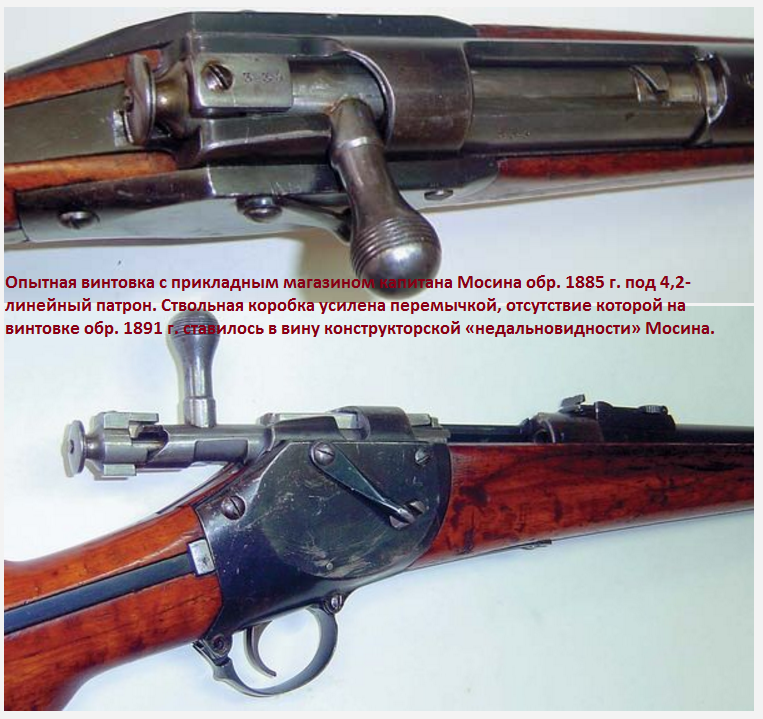
The Tula Arms Plant was given an order for the urgent manufacture of 1000 new rifles. In 1887, Sergei Ivanovich presented the Commission with three improved samples of his rack system. All recommendations were taken into account. In addition, the designer made a number of significant improvements on his own initiative. Despite this, members of the commission believed that the gun needed further improvement. Mosin and without that so thoroughly changed the scheme of the rifle that it could not be counted among the remake ones. Therefore, it was more expedient to develop a completely new system for a new small-caliber cartridge with a new smokeless powder. Smokeless (pyroxylin) powder appeared by that time abroad and in Russia had a huge advantage over smoky (nitrate-gray-coal): it was much stronger, did not leave solid combustion products. This made it possible to reduce the weight of the charge, move on to an even smaller caliber of weapon, and improve its ballistic qualities. In France, such a rifle was already in service, of which Russia was informed by its military agent.
Intensive experiments in this direction were carried out in other countries. This forced the commission to stop working further with the 4,2 linear weapon. S.I. Mosinu was allowed to design a reduced-caliber multi-shot rifle. A permanent member of the Weapons Division of the Artillery Committee, Colonel Rogovtsev, has already worked on a single-shot 3,15-linear (8-mm) system in Russia. According to his drawings, the Petersburg Cartridge Plant produced a small batch of cartridges and bullets. The sleeves are brass, the bullets are made of hard alloy of lead and tin with a copper sheath. Under this cartridge, Mosin began developing his small-caliber rifle. He was in a hurry. In addition to the French army, shop weapons during 1884-1887 entered service with the German and Italian armies. Only Russia was not particularly in a hurry, chose samples, tested.
In September 1887, S.I. Mosin finished his 3,15-linear rifle with a rack and pinion magazine. In the same year she passed the tests, which showed that the designer took into account all the main instructions of the commission. The latter referred to the presented system as a whole favorably, but did not recognize it as satisfactory. The designer was given new recommendations.
Meanwhile, the European armies were rearming with feverish speed. In 1888, the new store system was adopted by Germany, in 1889, by England, Austria-Hungary, Switzerland, and Denmark. Russia still did not have a suitable model. The Minister of War, General Vannovsky, seriously considered the introduction of "shops" unnecessary. He reasoned like this: “The West does not decree us; we and singles are stronger. We teach the soldier: shoot rarely, yes aptly. ” In addition, the minister was afraid of a large expenditure of ammunition. During a conversation with the chairman of the commission, General Chagin, he once admitted: “I tell you according to conscience, Alexander Mikhailovich, I don’t believe in shop rifles enough. Excessive ammo consumption! ”
Therefore, the military ministry was in no hurry to take a sample of a magazine rifle, postponing the rearmament of the army for the future, and first of all required to work on developing a new single-shot weapon of a smaller caliber. Due to the fact that the creation of a small-caliber rifle acquired paramount importance, in October 1889, the Commission on the Testing of Magazines Rifles was renamed the Commission on the development of a small-caliber rifle.
Mosin took up the construction of a reduced-caliber single-charge system. In a very short time he managed to prepare the first sample. Further work on its improvement continued until January next year. Mosin took the Frenchman Lebel’s rifle, which was then considered the best, as a basis. She has undergone the following changes. The caliber with 3,15 lines has been reduced to 3-x (7,62-mm). Several transformed trunk. In contrast to the Lebelev, Mosinsky design allowed to fire with a closed bayonet. Mushka remained Berdanovskaya, because the soldiers got used to her. The gate Mosin modified. At the suggestion of the commission, he also designed the receiver, and in two versions. One of them envisaged the alteration of weapons in the store. The bayonet for the trilinea was developed by the gunsmiths of the Sestroretsk plant.
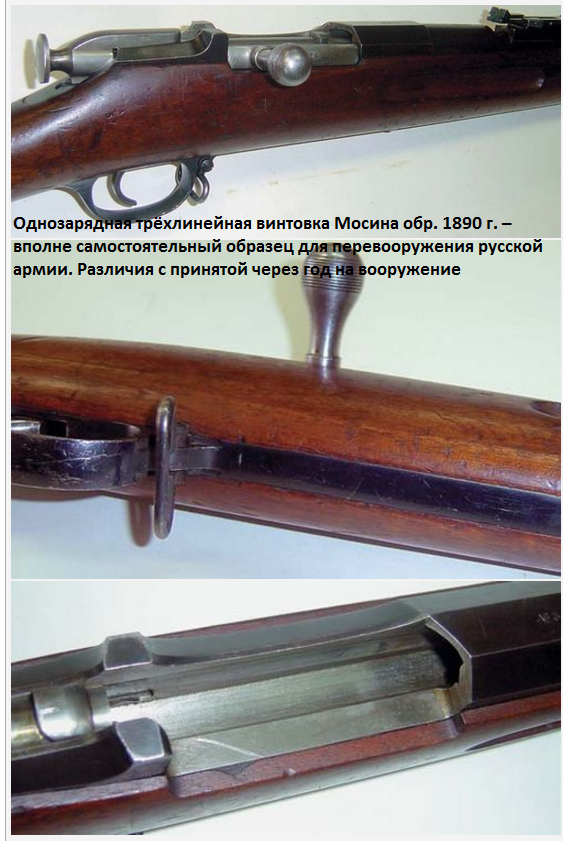
In 1889, Russia became aware of the appearance of “shops” in Germany, loaded with 5 cartridges. The time required to enter the pack in the receiver required as much as the loading of a single-shot weapon. In this system was the main achievement in the design of the magazine weapons. Now the main drawback of magazine rifles was eliminated - slow loading and, as a result of this, the requirement to use a supply of ammunition only at the most necessary moment.
At the end of 1889, the Belgian manufacturer Leon Nagan offered Russia his latest sample of a 3,15 linear magazine rifle, loaded from the holder. It differed in ease, convenience in the address, simplicity of the device of the accelerator. However, the tests found that the magazine mechanism of the Belgian rifle is malfunctioning. The commission pointed out to Nagan a serious defect and, moreover, recommended redoing the system under a three-line cartridge, ensuring that the bolt adheres to the receiver using a separate battle larva.
Simultaneously with Nagan, the captains Mosin and Zakharov, who were directly involved in the work of the commission, worked on the development of an acceptable rifle sample. They set themselves the task of redesigning a convenient and durable shutter, to improve the mechanism of the store. Mosin set to work with enthusiasm. In the small semi-handicraft workshop of the shooting range of the Oranienbaum officer school, he worked tirelessly for almost four months. In February, 1890, Sergei Ivanovich presented to the commission a three-line original. The shutter in it was a special design. He had a battle larvae with symmetrical protrusions and freely understood without the help of a screwdriver. The store was a trapezoid metal console with a door opening down and a feed mechanism attached to it. He charged with plate clips. A completely new piece in the Mosinsky system was a cut-off reflector attached to the receiver. This finding allowed the designer to solve the problem of a clear and reliable supply of cartridges in a single-row store being charged from the cage, which foreign gunsmiths unsuccessfully fought over.
Created by S.I. Mosin system was a prototype of the famous three-line, which was later adopted by our army. There were three new elements in it: the mechanism of the rifle itself, the method of loading with the new holder, the new cartridge with the new ballistics. According to experts, in its constructive qualities, it stood above its contemporary foreign designs.
Tests Mosinsky rifle gave positive results. In general, his trilinek satisfied the high demands of the commission. True, some other design flaws were discovered, the technical roughness to which the commission indicated. Mosin eliminates them, stubbornly continuing to improve their creation. Nagan also did not waste time in vain. Having learned about the cut-off reflector of the Russian gunsmith, the Belgian, after five and a half months, introduces a similar detail into his gun. During 1890, parallel tests of two systems went on: S.I. Mosin and Nagant. Both were evaluated about the same, and both claimed to be adopted for service.
The final comparative military check of these guns lasted from December 1890 to 18 March 1891. The Tula factory fully fulfilled the order, having made Mosin 300 rifles. Because of the rush, they were not well-established. Nagan, in violation of the contract, presented only 100 copies. But they all differed impeccable production performance. Tests gave almost identical results on accuracy and rate of fire. But the Naganovsk samples had fewer breakdowns and delays. Therefore, although the constructive solution of the Mosin system was also the best, the troops spoke in favor of the Nagant rifle. Their opinion has influenced many members of the commission. However, after a detailed consideration of this issue, given the cheapness and ease of production of the Mosin rifle, the commission nevertheless decided it in favor of Mosin.
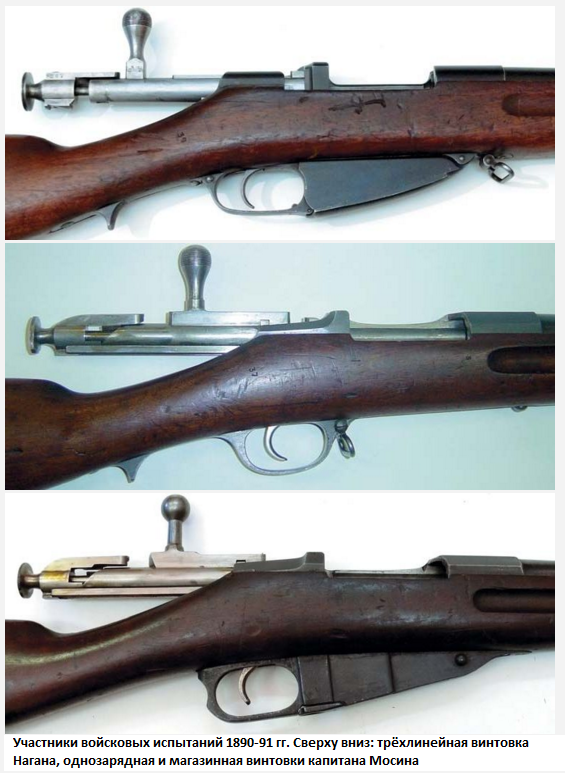
20 March 1891, at a meeting of the Weapons Division of the Artillery Committee, it was recognized that the gun of Nagant was more difficult to manufacture than the Mosin design. The inspector of weapons and ammunition factories, General Bestuzhev-Ryumin, preferred the Mosin model. More resolutely in defense of the merits of Russian equipment and our designer, an authoritative weaponry specialist, a professor at the artillery academy, Lieutenant General Chebyshev. Taking into account not the finishing and debugging of individual types of weapons, but the practicality and reliability of the structure as a whole, he said: “The system of Captain Mosin has tremendous advantages over the system of Nagant”.
After the final finishing touches made by Mosin with the help of the staff captain Zalyubovsky, two rifles were remade for the Nagan holders, and one for the Mosinsky lamellar holders. On April 13, the Minister of War presented the tsar with a report “On the approval of a three-line gun sample proposed by Captain Mosin”. It was stated that the Russian designer’s system in many respects is preferable to the foreign Nagan system, both in terms of simpler design and lower cost of production, and also because Russian arms factories can master it more quickly in gross production.
By this, it was recognized that the Russian designer S. I. Mosin in a creative competition with eminent foreign gunsmiths achieved an outstanding victory, creating the most perfect, at that time, model of small arms. It was witnessed by the Americans. Their military attache in Russia, cavalry lieutenant Henry Allen addressed Mosin with a letter in which he offered the Russian designer to transfer his invention to the United States. Of course, for the appropriate reward. But Mosin did not even answer him.
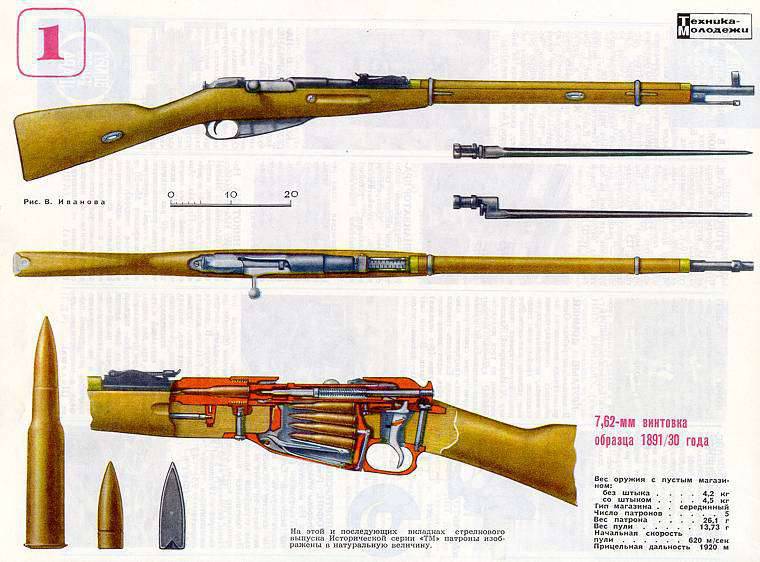
16 April 1891, the rifle of Captain Mosin, was finally adopted by the Russian army. But contrary to the tradition that has developed in all countries, assign the name of the inventor to the weapon - the Mosinsky gun remains nameless. In his submission, the Minister of War proposed to call her the “Russian rifle of the 1891 model of the year”. But the king did not even agree with that. He crossed out the word "Russian" and "commend the deigns of the highest: to call this rifle a three-line rifle of the 1891 model of the year."

Thus was born the domestic three-line. She was distinguished by such a perfect design that she quickly gained recognition not only at home, but also abroad. In 1900, at the World Paris Exhibition, along with other products of Tula gunsmiths, the S.I. Mosin system received the highest award. In 1930, a latch against the bayonet was inserted into it, a new aiming frame, a namuchnik with a bayonet was transferred to the body of the front sight, the shape of the front one itself was changed, the false rings of Fedortsev and some other details were adopted. Easy handling, reliable operation, and the high ballistic qualities of the Mosin rifle ensured its enviable durability. After a flintlock she has the greatest service record. With the Mosino trilinea, Russian soldiers went to the enemies of the fatherland in the Russo-Japanese and the First World War, beat the interventionists at a difficult time for the country, and even half a century after the creation, during the Great Patriotic War, this rifle made an indisputable contribution to the victory, reaching the Soviet soldiers to the very walls of the Reichstag.
Sources:
Chudinov G. Designer S.I. Mosin. Tula: Priokskoe book publishing house, 1990. C. 91-127.
Mavrodin V., Mavrodin Val. Russian rifle. L .: Leningrad State University, 1984. C. 113-121.
Chelnokov S. Mosin vs Nagant // Masterwork. 2007. No.24. C.29-36.
Parkin P. Rifle S.I. Mosin // Militaryhistorical magazine. 1971. No. 5. S. 122-126.
Andreev I. 7,62-mm rifle of the 1891 / 30 model of the year // Technique for young people. 1973. No.1. C. 50-52.
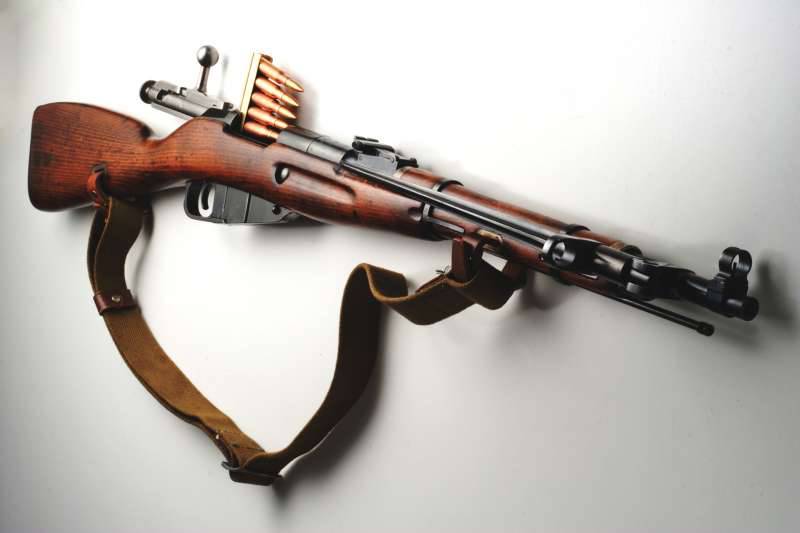
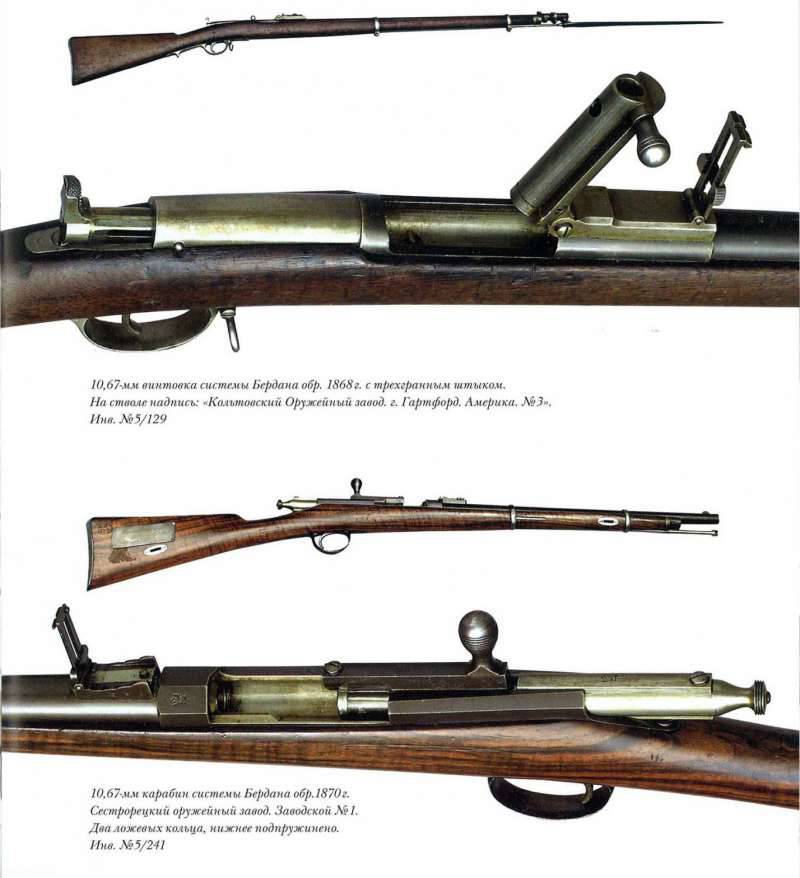
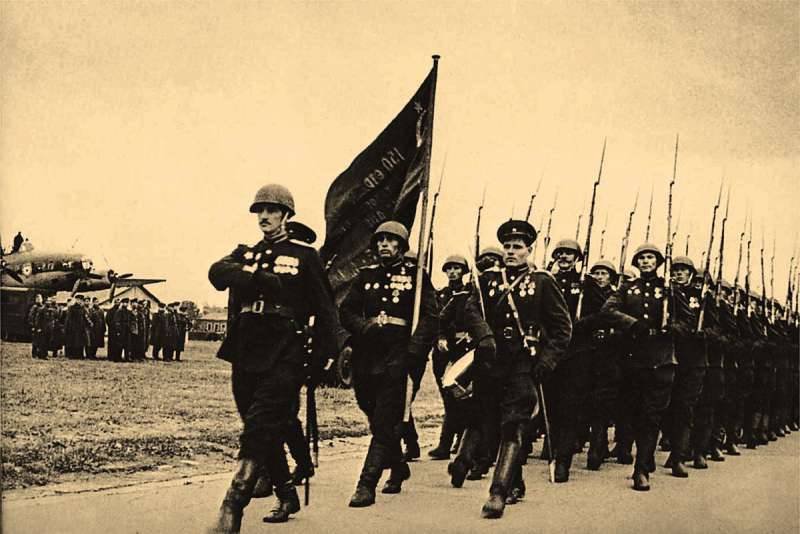
Information